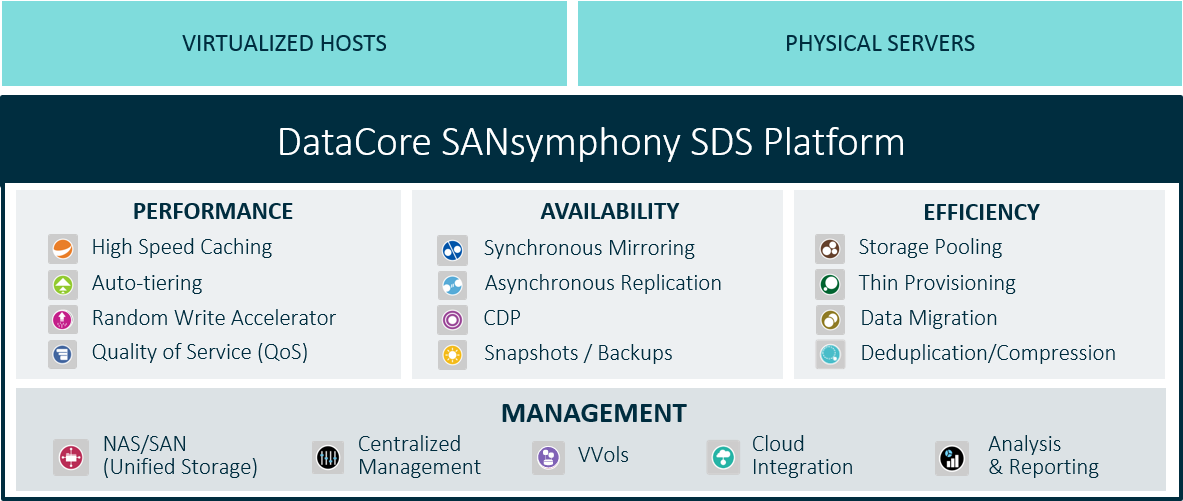If you read the first installment in this series , the numbers speak for themselves – most businesses are not adequately prepared for a site outage.
It’s equally apparent that a disaster recovery (DR) strategy is an imperative for every business – and that is what most businesses are struggling to implement a successful plan for.
Disaster Recovery Planning vs. Business Continuity Planning
It’s easy to assume disaster recovery and business continuity are one and the same, but quite frankly, that is false.
However, they are closely related—and you need to consider both when building out a DR plan (1):
- Disaster recovery: Restoring the data and applications that run your business in the event that your data center, servers, or other infrastructure goes down, is damaged or destroyed
- Business continuity: A plan that ensures your business is able to operate with minimal or no downtime
In this installment, we are focusing on disaster recovery from natural disasters, manmade events, security breaches, and data center outages.
The Fundamentals of a Disaster Recovery Strategy
To cover each element of your IT ecosystem, your disaster recovery plan should account for your systems, applications, and data. Also, since we’d want to ensure that all of your bases are covered, the plan should anticipate the loss of not just one, but two or more of your system components, such as (1):
- Physical environment(s)
- Connectivity
- Hardware
- Software
- Data
All of these are important but your data defines your business applications and your customers, and must be your top priority.
Build Out an Effective Disaster Recovery Solution
Protecting your company’s data during an unforeseen event begins with a plan, but also requires real-world tools to put that plan into action. Depending on the needs of your business, there are several technology solutions to consider:
- Data backup solutions, from basic tapes and disk drives to comprehensive cloud storage
- Physical data center strategies, like cold-site, split-site, or hot-site solutions
- Cloud-based disaster recovery services, from private cloud to DRaaS (disaster recovery as a service) to a hybrid approach combining both
Best Practices for On-Premise Data Storage
Many companies with on-premise data storage need to consider the following approach for best practices – protect data with a Software-Defined Storage (SDS) platform. But, why SDS? Software-defined storage decouples the control of storage from the physical storage device, centralizing the provisioning and management of storage via software. Because it can be vendor agnostic, SDS tools can let companies utilize existing hardware investments and prevent a rip and replace approach. SDS also works with on-premises or off-premises storage, and supports a hybrid cloud approach.
SDS offers cross-device storage services to protect data availability and integrity, including:
- Asynchronous Replication – Provides protection in the event of a natural disaster by continuously updating remote copies with no impact to local performance.
- Continuous Data Protection – Enables you to return to any point in time without explicit backups for known-good restore points.
- Sync Mirroring – Delivers real-time I/O replication for continuous availability, eliminating storage as a single point of failure.

A best-in-class SDS platform from DataCore provides availability, performance, efficiency and management from any storage vendor and across all types of storage from hyperconverged to Cloud.
Request a live demo or fully-functional free trial of the most advanced technology to ensure your infrastructure is always available, and achieve zero-downtime availability, no matter the issue!
Sources: